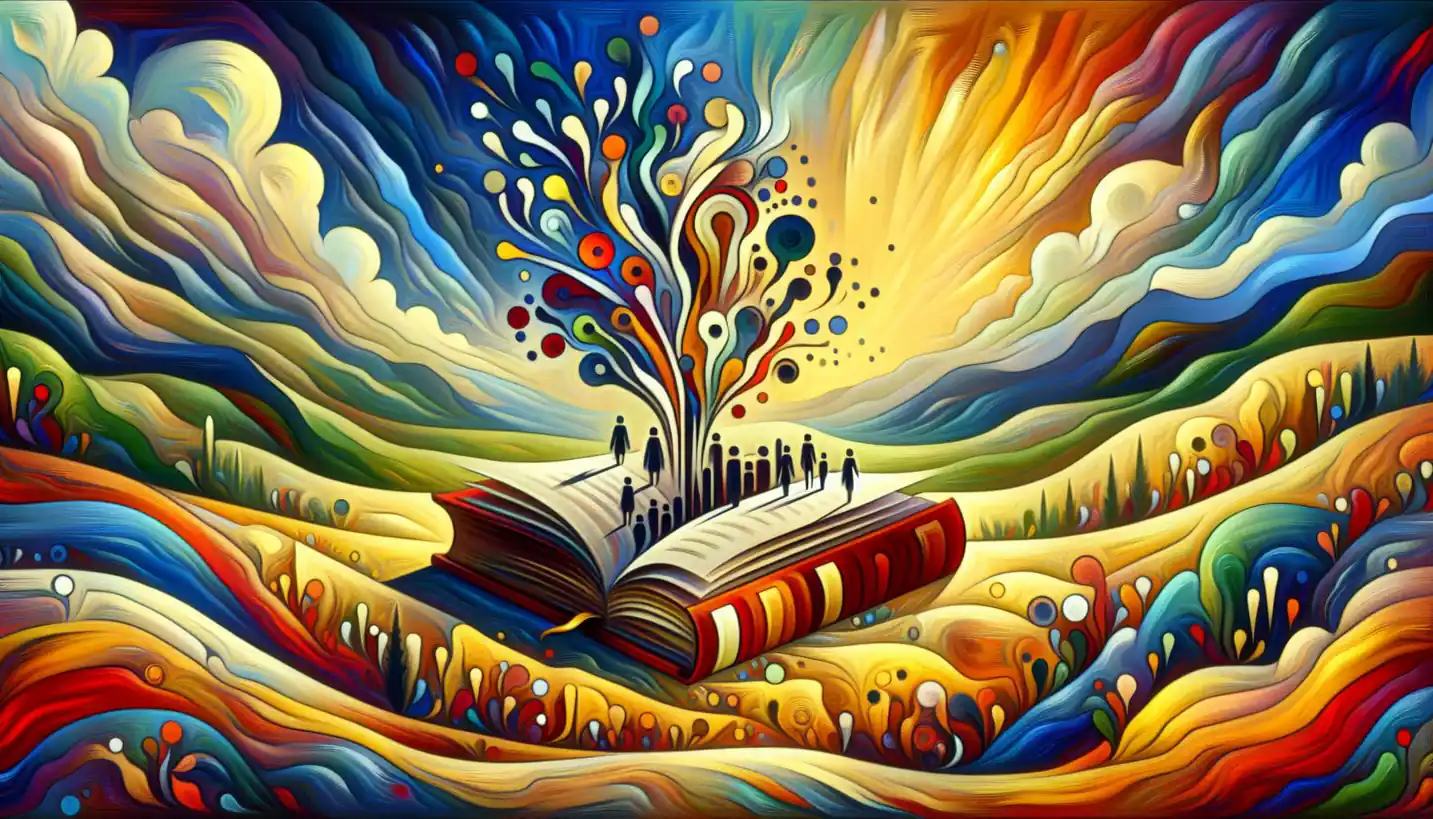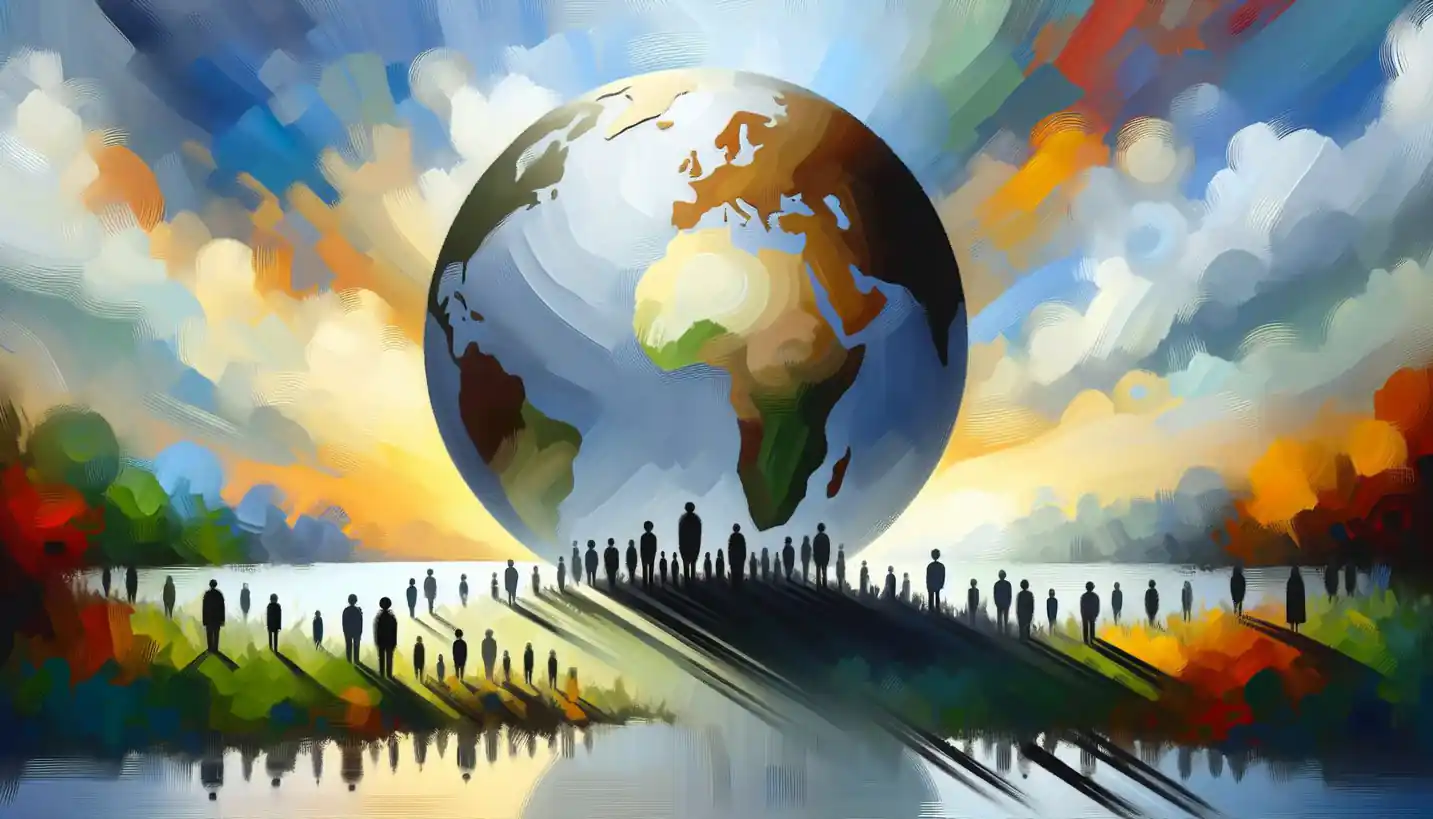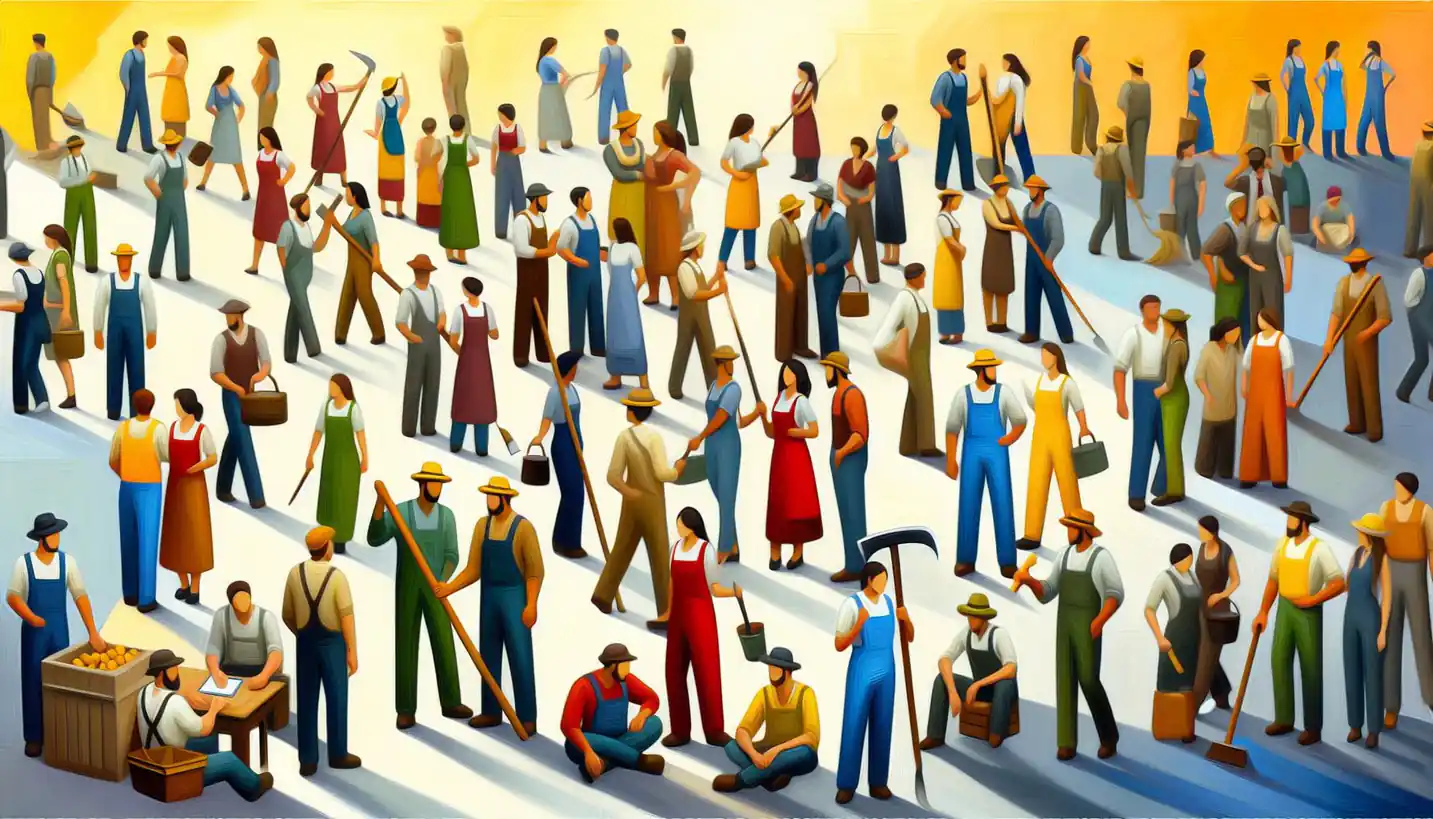· Sociology · 4 min read
Acculturation: How Cultures Interact and Evolve in a Migrating World
Acculturation shows the fascinating ways different cultures blend and evolve in new immigrant environments.

When we think about how cultures mix and change, acculturation is a fascinating part of the story. Imagine moving to a new country—everything feels different, from the language to the food. Acculturation is the process where cultures blend and adapt, creating something new altogether but maintaining some distinct traits.
What Is Acculturation?
Acculturation happens when groups of people from different cultures come into continuous, direct contact, and changes occur in the original cultural patterns of either or both groups. It’s not just immigrants who experience this; it can happen within a country between rural and urban areas or across generations within families.
How Does Acculturation Work?
Think of acculturation as a sort of cultural exchange program. When people from one culture meet another, they start exchanging ideas, traditions, and even the way they communicate. Over time, certain elements of each culture start blending. For instance, someone might adopt a new language while still keeping their native customs alive.
The Four Strategies of Acculturation
According to psychologists John Berry, people generally adjust to a new culture using one of four strategies:
Assimilation: This is when individuals choose to abandon their original culture and fully embrace the new one. It’s like diving headfirst into a new world, leaving the past behind.
Integration: Here, individuals maintain their original culture while also participating in the new one. Picture a blend of old and new, like incorporating traditional recipes with local ingredients.
Separation: In this case, people hold tightly to their original culture and avoid interaction with the new one. It’s like carrying a piece of your homeland with you wherever you go.
Marginalization: This strategy involves little interest in maintaining either the original or the new culture. It’s like feeling out of place in both worlds.
Acculturation in Everyday Life
Acculturation can show up in the simple things like food, clothes, and music. The popularity of sushi in America or the ubiquity of jeans worldwide are good examples. These aren’t just trends; they’re cultural exchanges that have been woven into the everyday fabric of societies.
Think about language as well. Spanglish, a mix of Spanish and English, is spoken by many in the United States. It’s an example of how language evolves to meet the needs of those who are navigating multiple cultures at once.
Challenges of Acculturation
While acculturation offers rich benefits by blending the best of different worlds, it doesn’t come without challenges. Identity issues are common—people often struggle with feeling caught between two cultures. Navigating these cultural changes can also lead to stress or conflict, especially when there are differing expectations from family or community.
Immigrants may face pressure to assimilate, risking the loss of their original cultural identities. At the same time, the host society might worry about its own cultural traditions being altered or lost. These tensions can make acculturation a delicate dance.
The Role of Society
Society plays a significant role in how smoothly acculturation happens. Inclusive communities that celebrate diversity tend to support healthier integration. Schools, media, and workplaces all influence the acculturation process. Whether these entities embrace cultural diversity or resist it can impact how individuals experience acculturation.
The Importance of Understanding Acculturation
Understanding acculturation is vital because it helps us to appreciate the complexity of cultural exchanges. As the world becomes more interconnected, recognizing these cultural transformations becomes ever more critical.
Questions around national identity, cultural preservation, and societal change revolve around how acculturation is managed and perceived. How we handle these interactions can either promote social harmony or deepen divides.
Future Directions in Acculturation Research
Acculturation isn’t static; it evolves as societies change. Researchers are continually exploring new aspects, like how technology impacts acculturation. With social media, people can maintain ties to their native cultures while living abroad, creating a new dynamic of cultural exchange.
Moreover, understanding how different groups experience acculturation—whether it’s based on age, gender, or socioeconomic status—adds layers to our understanding of the process. Research into these areas is essential for crafting policies that promote social cohesion in diverse societies.
Acculturation’s Role in a Globalized World
As globalization makes the world increasingly interconnected, acculturation processes are happening faster and on a broader scale than ever before. This raises questions about cultural identity in a global context. How do we maintain cultural uniqueness while embracing global cultural trends?
As we move forward, finding a balance between preserving cultural heritage and embracing new cultural experiences will be essential. Acculturation might just be the key to navigating these changes, allowing us to understand ourselves and each other better.
In conclusion, acculturation isn’t just an academic term; it’s a lived experience that shapes communities and individuals alike. By understanding and appreciating this process, we can foster environments that are more inclusive, cohesive, and vibrant. So next time you enjoy a cultural dish or learn a phrase in a different language, remember that’s acculturation at work, enriching our lives in countless ways.


